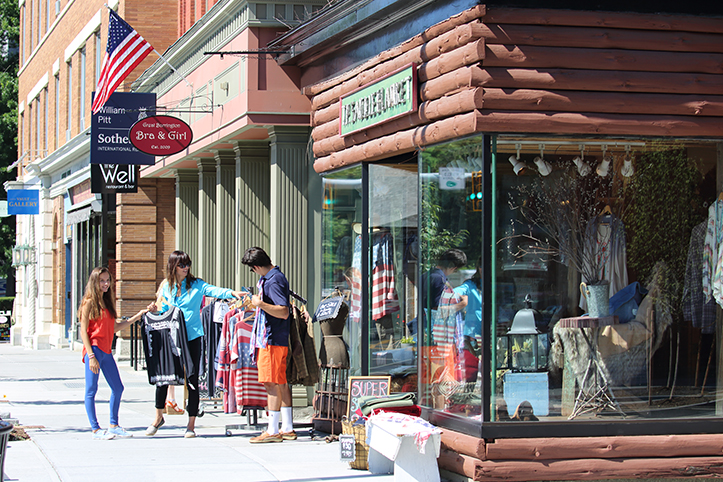Historically, the phrase “economic development” has meant many different things. To some, economic development has centered on investments in real estate, to others it is the creation of jobs, and still others may look at quality of life improvements. Usually these definitions are driven by what needs we see in our own sphere of influence and realm of impact. If we see a need for more jobs to employ people, we perceive job creation as economic development, for instance.
Here at 1Berkshire, we don’t claim to have the universal truth about what constitutes economic development, as it constantly evolves with the region’s needs. Our approach to facilitating economic development is one that takes a wide breadth of assets, challenges, and opportunities into consideration, and creates connective tissue to help be a catalyst for collective impact and maximized benefit. What does that actually mean? As an example, let’s look at the issue of the regional workforce in the context of what we have begun to call “wraparound economic development.”
As a region, we have seen a relatively steady population decline since the 1960s. This decline certainly has posed challenges to our regional economy, and presently, one of the most acute is the lack of employees to fill jobs in the region. We have an incredible number and diversity of job opportunities here in the region that are presently going unfilled. Some of those jobs require specific skills, but in some cases, there just aren’t enough workers to go around. The clear solutions to this problem include training people who live in the Berkshires for the existing job openings, as well as attracting new workers to the region through coordinated outreach. Indeed, these are the key means by which the regional workforce can be grown, and there are many skillful, dedicated organizations, individuals, and programs working diligently to improve participation in the regional workforce.
But what about some less-apparent approaches to improving participation in the region’s workforce? Aside from training and outside recruitment efforts, things like access to quality housing, affordable child care, and convenient, updated transportation options make it easier for people to get a job and remain employed, allowing them to move to and continue building their lives here in the Berkshires. Additionally, workers who already live in the region and those who move here are more likely to stay if they can get involved in the community beyond their work lives, so opportunities for social activities and volunteering help create a pull to stay in the region. You may not immediately think of child care or access to social opportunities as factors that impact economic development, but indeed they are.
When we think about “wraparound economic development”, this is what we mean. At 1Berkshire, we work in the connective tissue industry, identifying connections between what can often appear to be disparate issues, and helping to align the existing efforts and future initiatives into an increasingly-comprehensive wraparound approach to our regional economic prosperity.
The Berkshire Blueprint 2.0 is a prime case study of how we, as a region, are structuring these endeavors in a more intentional way. As the coordinator, facilitator, and tracker of the Blueprint activities and structure, 1Berkshire continues to look forward to how a wraparound approach to economic development can bolster our economic ecosystem at each and every level, and for each and every individual, here #InTheBerkshires.


